Hey there, folks! In today’s blog post, I’m going to walk you through two incredibly useful methods for creating Milestone tasks in Microsoft Project. And guess what? If you stick around till the end, I’ve got a bonus tip for you – a Milestone feature that you should absolutely steer clear of. So, let’s dive right in! If you would rather watch the YouTube video on this subject, click here or click the thumbnail below.
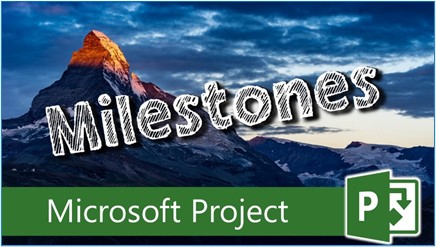
Why Use Microsoft Project Milestones for Your Schedule?
Microsoft Project Milestones are like those little flags you plant on your project timeline to mark significant points in its journey. These can represent the project’s Start and/or Finish dates, or even key events along the way. They’re a fantastic way to keep track of your project’s progress and highlight important moments.
Method 1: The Quick Keyboard Shortcut
Let’s start with the first method, a lightning-fast way to create a Milestone task using your keyboard. Follow these steps:
- Choose Your Spot: Select the row where you want to insert the new Microsoft Project Milestone. This could be a critical point in your project’s timeline.
- Tap the Insert Key: A simple press of the “Insert” key on your keyboard works like magic. It adds a new blank task row right where you want it.
- Name Your Milestone: Now, type in the name of your milestone. Be descriptive, like “Product Testing Complete.”
- Set Duration to Zero: Move to the Duration column and enter “0 days.” Microsoft Project will automatically convert the task to a milestone.
Voilà! You’ve just created Microsoft Project Milestones using the quick and snappy keyboard shortcut.
Method 2: The Ribbon Trick
Next up, let’s explore the second method to create Microsoft Project Milestones; which involves using the Task ribbon. Here’s how:
- Pick Your Row: Select the row where you want the milestone to go. This is where the magic will happen.
- Insert Milestone Button: In the Task ribbon, find the “Insert” section. Look for the “Insert Milestone” button and give it a click.
- Name It: A new dummy-named task will appear, but don’t worry about its default name. Press the “F2” function key and overwrite it with your milestone’s name.
- Zero Duration: There’s no need to set the task’s Duration value to “0 days.” Notice that Microsoft Project did this for you automatically!
Boom! Another Microsoft Project Milestone added to your project timeline with a few clicks.
A Smart Move: The Final Milestone
Here’s a pro tip from me to you: Always wrap up your project with a final Microsoft Project Milestone named something like “Project Complete.” This milestone will stand proudly at the finish line, marking the end of your project. It’s a best practice that ensures clarity and signals a successful completion.
Beware: The Microsoft Project Milestone Feature You Should NEVER Use
Alright, folks, you made it this far – time for the insider scoop. There’s a feature in Microsoft Project that’s better left untouched: the “Mark Task as Milestone” feature. Let me show you why:
- Select a Task: Select any task that has a Duration value greater than 0 days. In other words, this is a regular or detailed task.
- Double Click to Dive Deeper: Double-click the selected task. This will open the Task Information dialog.
- Advanced Page: In the dialog, head over to the Advanced page. You’ll spot a checkbox labeled “Mark Task as Milestone.”
- Avoid the Temptation: As tempting as it might seem, do NOT ever select this checkbox. Trust me. Click the “Cancel” button to exit the dialog.
Here’s the kicker: If you succumb to the temptation and select the “Mark Task as Milestone” checkbox, your task will turn into a milestone, but it will look and act very strange. Gaps might appear, and your task’s Duration will probably not make sense anymore. It’s a recipe for confusion and frustration, so steer clear of this checkbox at all costs!
And there you have it, my friends! You’ve just mastered the art of creating Microsoft Project Milestones in Microsoft Project. Remember, milestones are your project’s way markers, helping you navigate its journey and celebrate its achievements. But tread carefully when it comes to that “Mark Task as Milestone” checkbox – it’s a pitfall you’ll want to avoid.
If you have questions, please add them in the Comments section below. Or if you watch the video, add your questions or comments there. Please subscribe to my YouTube channel and leave “Likes” if you like the videos.
If you would like to have a formal class on using Microsoft Project, here is a link for my classes.
What Type of Microsoft Project Training Do You Need?
Individual and Small Group Training
OnDemand Training at your own pace
Starting at $399

OnDemand Training

Microsoft Project Standard Desktop Training

Microsoft Project Professional Desktop for Project Online Training

Microsoft Project Professional Desktop for Project Server Training

Templates, Student Hand Outs, Tips and Tricks

Certificate of Completion
Medium & Large Group Training
Onsite, Virtual or OnDemand Training
Contact Me for Discounts

Microsoft Project Standard Desktop Training

Microsoft Project Professional Desktop for Project Online Training

Microsoft Project Professional Desktop for Project Server Training

Templates, Student Hand Outs, Tips and Tricks

Certificate of Completion

Automated Training Progress Report
FAQ
What is Microsoft Project Dynamic Scheduling?
Microsoft Project Dynamic Scheduling is a feature within Microsoft Project that allows you to create flexible project plans, update schedules based on changing circumstances, and optimize resource allocation.
How can Microsoft Project Dynamic Scheduling benefit my project management?
Microsoft Project Dynamic Scheduling can benefit your project management by enabling efficient planning, increased productivity, and the ability to adapt to changes, allowing your projects to thrive.
What role does dynamic scheduling play in effective project management?
Dynamic scheduling plays a crucial role in effective project management by helping you stay on track, manage resources efficiently, and meet project goals.
What features does Microsoft Project offer for dynamic scheduling?
Microsoft Project offers various features and functions for dynamic scheduling, allowing you to create flexible project plans, update schedules in real-time, and optimize resource allocation.
How does dynamic scheduling optimize resource allocation?
Dynamic scheduling in Microsoft Project optimizes resource allocation by providing a flexible project schedule that can adapt to changes in resource availability, ensuring efficient utilization and maximizing productivity.
How does dynamic scheduling streamline project execution?
Dynamic scheduling streamlines project execution by providing a real-time, updated project schedule that enables effective communication, task prioritization, and timely decision-making throughout the project lifecycle.
How does dynamic scheduling enhance collaboration within Microsoft Project?
Dynamic scheduling enhances collaboration in Microsoft Project by offering collaborative features that promote effective communication, facilitate teamwork, and foster a shared understanding of project goals and progress among team members.
How does dynamic scheduling help track progress and manage risks?
Dynamic scheduling in Microsoft Project helps track progress and manage project risks by providing real-time updates and customizable reports that allow you to identify potential bottlenecks, mitigate risks, and take proactive actions to keep your project on track.
How can dynamic scheduling in Microsoft Project leverage data and insights for continuous improvement?
Dynamic scheduling in Microsoft Project provides valuable data and insights for continuous improvement by analyzing project performance metrics, identifying trends, and making data-driven decisions to enhance project outcomes and increase overall efficiency.

Dale Howard
Microsoft Project MVP “20 Years”
About Me
Hello there Microsoft Project lovers! I’m Dale Howard and I’ve been a Microsoft Project MVP (Most Valuable Professional) for 20 years in a row and I’m currently one of only 26 Project MVPs in the entire world. Pretty exciting, right!?
If you post a question about any of Microsoft’s PPM tools on the public message boards, look to see who the moderator or person that has answered the questions and you see, it’s frequently me answering your questions. Some people like to golf, I love Microsoft Project helping the community get to understand Microsoft Project much better.
I’ve been teaching students at all levels for over 20 years and have taught thousands of users around the world. I’ve written and co-authored 23 books on Microsoft Project, Project Online, and Project Server so if you’re like me and like to read over watching a video, you can Check Out My Books on Amazon.
For the people that like to watch videos, check out my YouTube channel. If you post a question in the comments, I’ll be happy to answer questions or create a new video to answer your question.
If you’ve got a question about Microsoft Project, Project Online or Project Server, check out some of these community post areas below where I am the moderator and have been answering questions on these message boards for over 20 years.
Microsoft Tech Community
Reddit Project Online Community
LinkedIn Project and Planner Group
My Students Include:
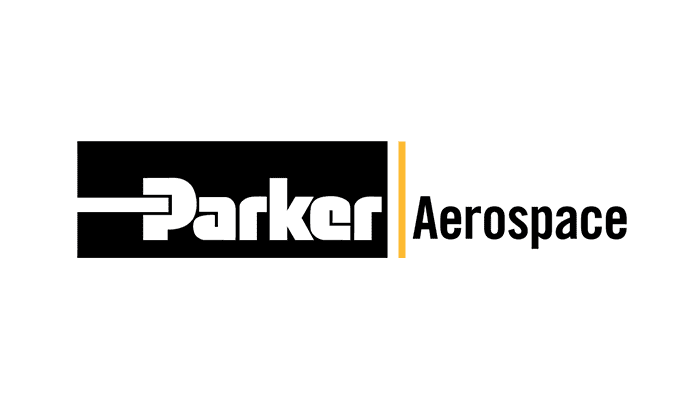
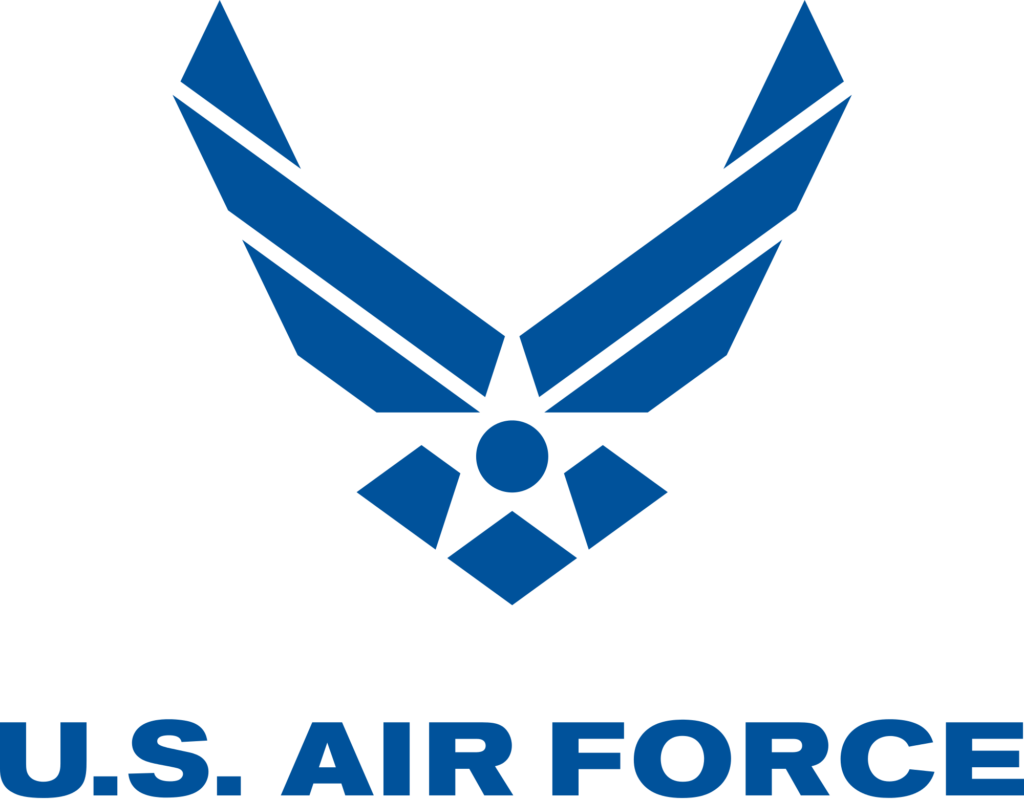
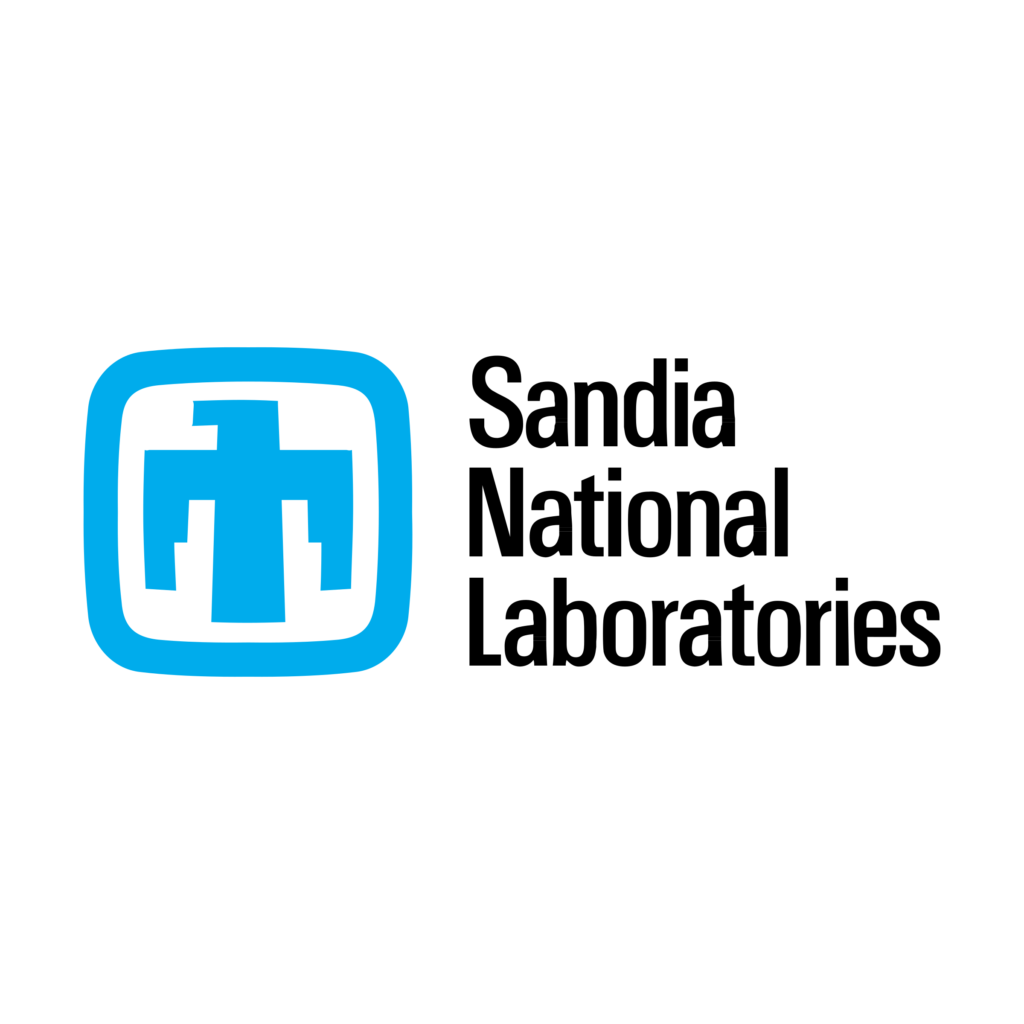
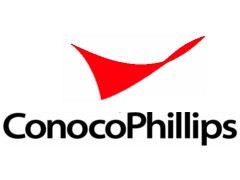
Leave a Reply